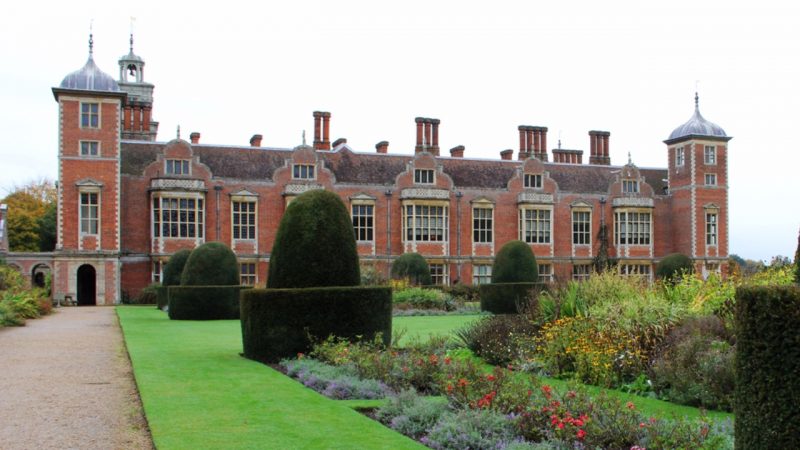Norfolk, in the east of England, boasts impressive stately homes, admired for their history and architecture as well as for the mysteries that have surrounded them for centuries. Such a residence stands on the grounds of Blickling Village and bears the name Blickling Hall.
The history of the residence goes back to the 14th century. The owner of the house that then stood on the property was Sir John Falstolf of Caister, who would later reportedly serve as an inspiration for Shakespeare’s character Falstaff. However, in the 15th century, the manor house ended up in the hands of the wealthy Boleyn family. Blickling Hall owes part of its fame to the family’s most famous member, Anne Boleyn, who would become the second wife of Henry VIII, queen of England, and mother of Elizabeth I.
Anne spent her childhood at Hever Castle, however, scholars disagree as to whether she was born there. They suggest that she, as well as her sister Mary and her brother George, were born in the manor house that once stood on the property. Although we might never know her true place of birth, most historians believe it was Blickling and the house is generally accepted as her birthplace.
Blickling Hall pays homage to the famous queen. Today, her portrait and the Latin inscription “Anna Boleyn hic nata 1507” (Anne Boleyn born here 1507) are among the highlights of the residence. However, after Anne and her brother George were accused and found guilty of adultery, incest, and high treason, both of them were executed. Her family lost the manor house at Blickling, and the new owner was Sir Henry Hobart.
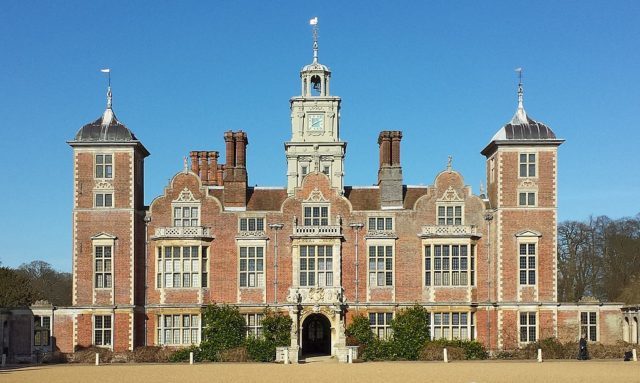
In 1616, he commissioned the architect Robert Lyminge to transform what was left of the Tudor house into the Blickling Hall of today. In 1626 the red-brick house built in the Jacobean style was completed with a formal garden and two deer parks. In the 18th century, the successors of Sir Henry Hobart continued to improve the residence, concentrating particularly on the gardens.
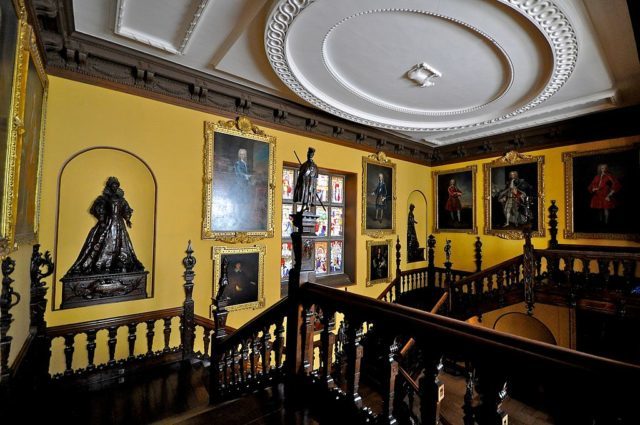
During this period, a Gothic tower, a small Doric temple, a pyramidal mausoleum, a beautiful fountain, and an orangery were added to the gardens. In the 19th century, the work on the outdoor space continued. The flower parterre was one of the new elements of the garden. Then, in the 1930s, the garden underwent its final improvements, led by the famous garden designer Norah Lindsay. She added the yew topiary and planted azaleas, spring bulbs, rhododendrons, and many other colorful flowers, resulting in the creation of the wonderful flower beds. Lindsay also made sure herbaceous plants would not be missing from the garden. Today, the gardens of Blickling Hall are among the most beautiful in England.
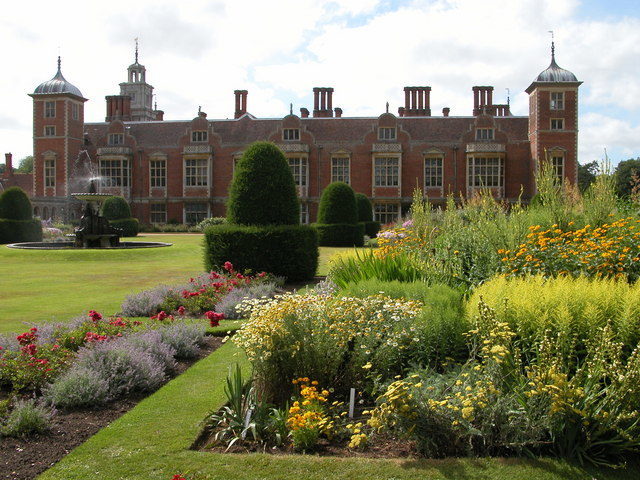
Blickling Hall itself was not excluded from the improvements, and the decoration of the interior was enriched over the years. The fine furniture in the rooms is complemented with beautiful tapestries, ornate ceilings, portraits, and paintings of great importance. There are also historically important books that are kept in the Long Gallery, where the collection includes a handwritten manuscript dating to the beginning of the 12th century with the Dialogues of Pope Gregory the Great.
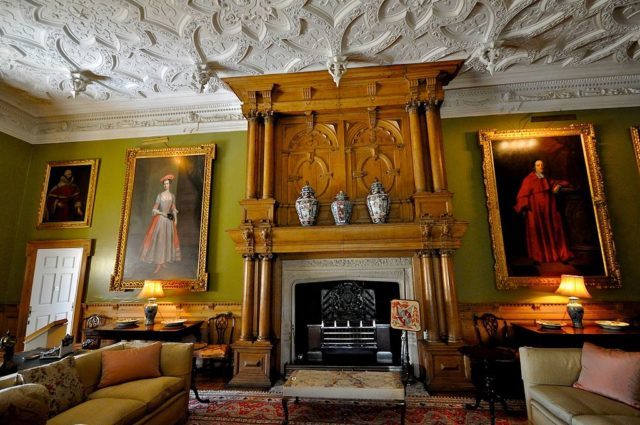
Certainly, Blickling Hall is one of the most beautiful historic residences; however, that is not the only reason for its popularity. For years, it has been described as the most haunted house in England. The ghost of Anne Boleyn is mostly responsible for that. Many people claim to have seen her arriving in the house in a carriage driven by a headless horseman and headless horses. She is clothed in a white dress and carries her severed head. Once Anne gets to the house, she roams the entire night until the sun comes out.
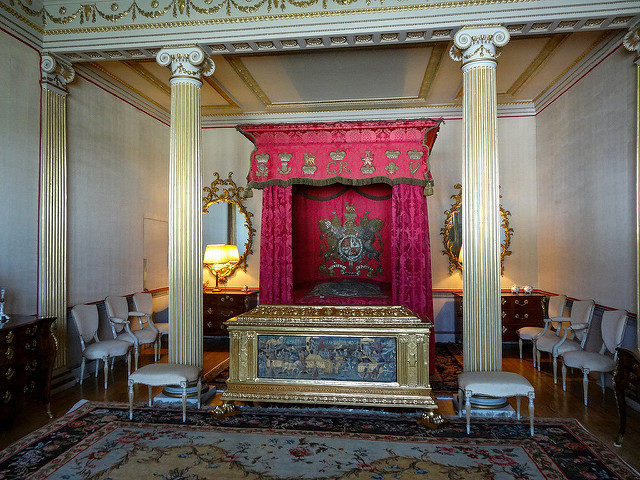
Allegedly, this happens every year on the 19th of May, the day when Anne was beheaded, which is also the day when the number of visitors to the house is greatest. The other ghosts people claim to have seen at Blickling Hall are Anne’s brother, George, her father, Sir Thomas Boleyn, and the English knight who once owned the property, Sir John Falstolf.
In 1940, Blickling Hall was granted to the National Trust and today everyone can admire the magnificent Jacobean mansion.
